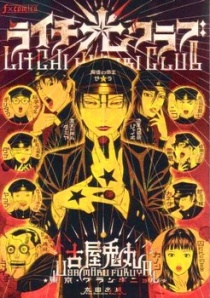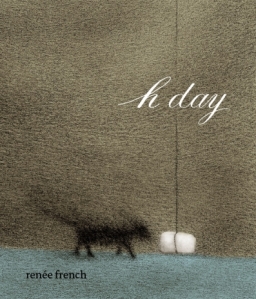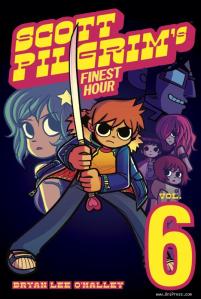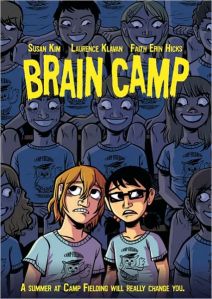The findings from the current issue of Previews aren’t as extensive as they sometimes are, though there are new volumes of plenty of appealing series. And there are two exciting debuts on the artier end of the spectrum.
First up is Shigeru Mizuki’s Onward Towards Our Noble Deaths from Drawn and Quarterly (page 281). Here’s the rundown:
A landmark publishing event by one of Japan’s most famous cartoonists. Shigeru Mizuki is the preeminent figure of Gekiga manga and one of the most famous working cartoonists in Japan today. Onwards Towards Our Noble Deaths is his first book to be translated into English and is a semi-autobiographical account of the desperate final weeks of a Japanese infantry unit at the end of World War II. The soldiers are told that they must go into battle and die for the honor of their country, with certain execution facing them if they return alive. Mizuki was a soldier himself, and he uses his experiences to convey the devastating consequences and moral depravity of the war.
It was originally serialized in Kodansha’s Gekiga Gendai in 1973. You may recognize Mizuki as the creator of GeGeGe no Kitaro. Drawn and Quarterly also plans to publish Mizuki’s Non Non Bâ, which earned top honors at Angoulême in 2007. A large quantity of his work has already been published in French.
Next is Usumaru Furuya’s Lychee Light Club from Vertical (page 316):
The Lychee Light Club is considered Usamaru Furuya’s breakthrough work. Originally designed as an experiemental project Lychee’s themes of youthful rebellion and deus ex machina destruction, and attractive designs eventually won over a new generation of readers and critics, leading the way for Furuya to take on his many recent high profile properties.
A surreal yet touching horror comedy Furuya’s Lychee Light Club that mixes elements of French Le Théâtre du Grand-Guignol and with modern day pop culture tropes and is set in modern day Tokyo. Shocking, sexy and innovative, the Lychee Light Club is at the pinnacle of modern day Japanese seinen manga (young adult comics).
It was originally published in Ohta Shuppan’s fascinatingly rangy Manga Erotics F.
So those are the highlights. Tomorrow, I’ll give readers another opportunity to pick a title for me that could be either intriguing or awful.





























